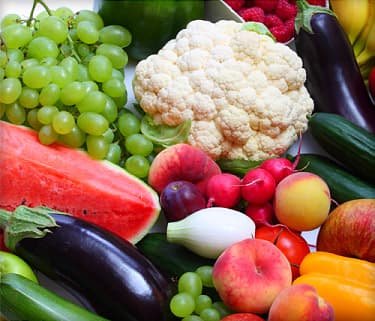The glycemic index measures carbohydrates. The index is a list of how blood sugar levels rise after you eat a small portion of a carbohydrate food.

What Is The Glycemic Index?
All carbohydrates increase blood sugar levels, but the effect varies widely. For example, a glass of orange juice will cause a much quicker rise in blood sugar than a bowl of oatmeal, which takes longer because of the type of carbohydrate and amount of fiber.The response is affected by many factors, including the quantity of food, the amount and type of carbohydrate, the cooking method, degree of processing, and more.
On the glycemic index scale, each food is assigned an index number from 1-100, with 100 as the reference score for pure glucose. Typically, foods are rated high (greater than 70), moderate (56-69), or low (less than 55).
Quality Carbs Promote Weight Loss
Using the glycemic index (GI) in diet plans is based on the concept that low-glycemic foods are more satisfying than high-glycemic foods. Low-GI foods take longer to absorb and help dieters feel full longer, so they are less likely to overeat. High-GI foods break down faster, leaving you hungry and less satisfied.Most, but not all, foods on the lower end of the GI scale tend to be healthier, nutrient-rich, less processed, and higher in fiber -- such as whole fruits, vegetables, grains, and beans. Foods high in fiber can be very filling, especially when paired with protein.
"When you focus on choosing low-GI carbs along with lean protein and healthy fats, you will naturally crowd out many of the less nutritious, high GI foods and lose weight,” says David Ludwig, MD, PhD, founder of the Optimal Weight for Life program (OWL) at Children's Hospital Boston. He has used the GI plan successfully for years with his patients.
In research published in the March 1, 1999 issue of Pediatrics, Ludwig and colleagues found that foods with lower GI scores seemed to reduce hunger in obese teenage boys.
Whereas the higher GI foods "trigger a rise in blood sugar, followed by a cascade of hormonal changes, which tend to make you hungry again sooner because they are metabolized quicker than low-GI foods," says Ludwig, author of Ending the Food Fight, a weight loss book using the glycemic index.
No comments:
Post a Comment